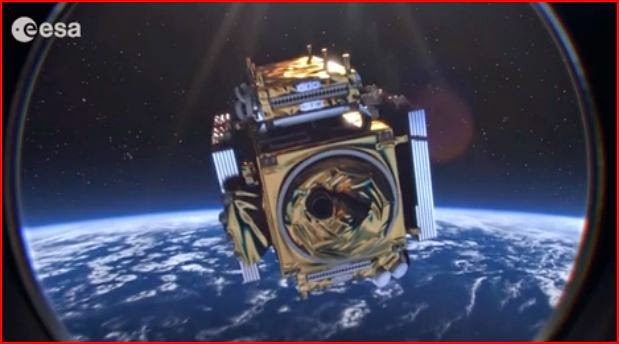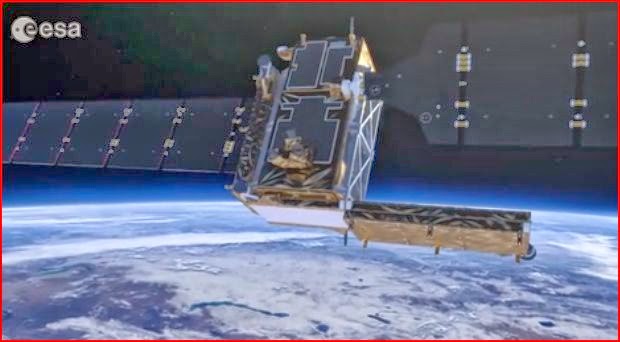Space Animation: Sentinel-1a from Operation Copernicus
This is about a great video about space exploration. However, the use of space is only a way to get a better picture of planet earth itself. Still, despite its terrestrial objectives, the Copernicus program involves a lot of exciting rockets and satellites that are well worth studying.
The space agencies have become quite adept at creating quite polished videos. They have slick animation and bouncing background music and the whole deal. A cynic might say that they are better at making videos than anything else.
They are a nice, quick educational look at something important that you probably didn't know was happening in your world.
From the official description:
The European Space Agency’s Sentinel-1a was launched at 21.02 GMT on April 3. Part of the wider Copernicus programme, the satellite will be joined by other similar satellites in the future. This computer animation shows the launch and deployment of the satellite. Credit: Youtube/ESASentinel-1a is a European radar imaging satellite. It inaugurates the European Space Agency's Copernicus program. It is equipped with a C-band Synthetic Aperture Radar.
Copernicus is a plan to assemble information from environmental satellites, air and ground stations. This information is to be used to monitor Earth's conditions relating to temperature and other environmental factors. Copernicus has both environmental and national security implications. With Copernicus, the European Union fulfills its commitment to the Global Earth Observation System of Systems (GEOSS).
Sentinel-1A was transported to Kourou, French Guiana for launch. It arrived at the launch pad on 25 February 2014. The launch took place on 3 April 2014.
2020



No comments:
Post a Comment